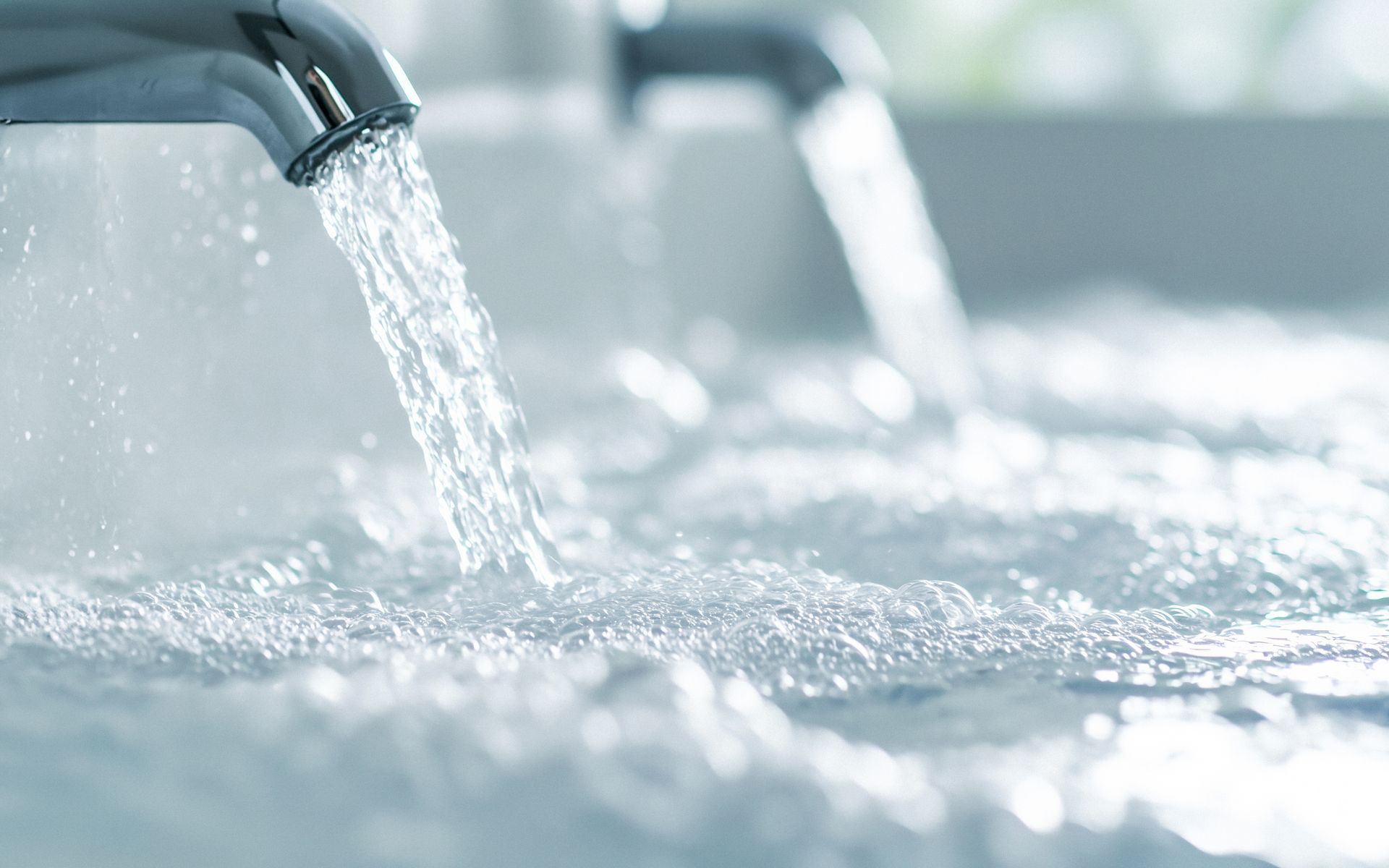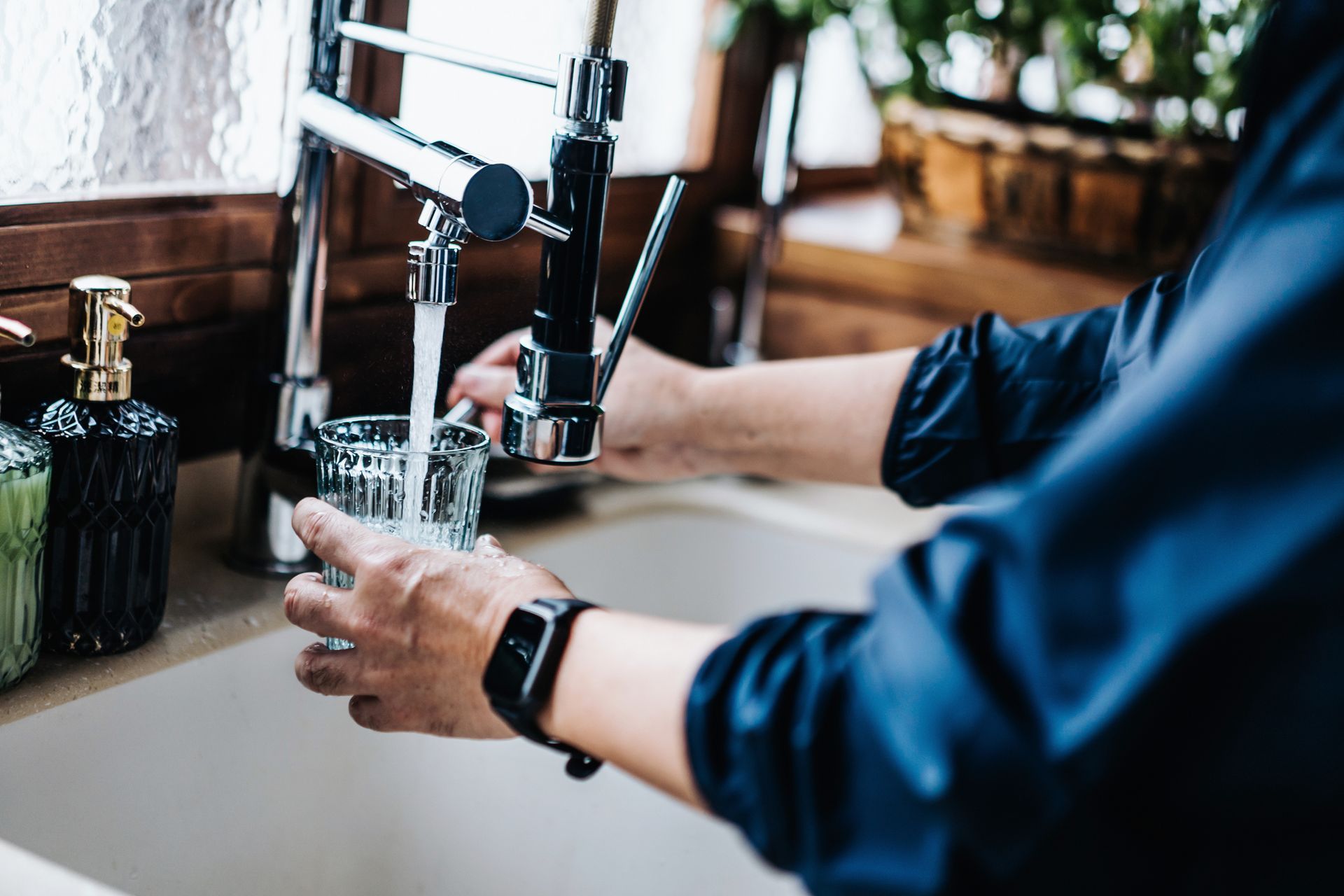How to Treat a Well Water: Best Solutions for Clean Drinking Water
For maintaining the safety and cleanliness of your well water, it is essential to conduct regular testing and apply appropriate treatment techniques. This manual details the methods for treating and preserving the quality of well water.
Quick Facts
- Testing your well water regularly will help you identify microorganisms, nitrates, and pesticides; experts recommend annual testing.
- Common well water contaminants are human sewage, animal waste, chemical fertilizers and industrial pollutants, these can be addressed with specific treatments like water softeners, oxidizing filters and shock chlorination.
- Effective well water treatment methods are sediment filters, water softeners, reverse osmosis systems, and specialty filtration equipment to address specific contamination.
Jump to a section:
Common Contaminants in Well Water
Effective Well Water Treatment Methods
Shock Chlorination Process
Regular Testing and Maintenance
When to Call a Professional
Is Your Well Water Safe to Drink?
Ensuring the safety of drinking water is paramount for those owning a private well. Well water, in contrast to municipally treated city water, which benefits from strict control and treatment processes, remains unregulated and thus warrants periodic examination. Conducting tests on untreated well water can detect hidden pollutants such as microorganisms, nitrates, and pesticides that could compromise the quality of your drinking water.
How often should one test their well water? It’s advised by specialists to perform at least an annual analysis of your well’s output to monitor its purity. By adopting this yearly routine, you can catch contaminants swiftly, allowing for prompt corrective measures. Indications that suggest possible issues with your supply may include any alteration in the taste, odor, or coloration of the drinkable resource provided by your property’s well system—if these symptoms occur, it suggests a necessity for immediate testing and potential remediation.
It falls squarely on homeowners’ shoulders to maintain high standards regarding their personal wells. Regular inspection and maintenance are key components in warding off problems associated with them. Through diligence and preventive actions taken toward upkeep, you’ll ensure consistently safe consumption directly from your tap.
As such, dedicating resources towards frequent evaluations protects not just potability, but also contributes significantly towards safeguarding residential health overall—making it quite worth investing time into this aspect of homecare.

Common Contaminants in Well Water
Various contaminants, such as human sewage, animal waste, chemical fertilizers, and industrial pollutants, can make their way into well water from surface sources.
It is crucial to detect these contaminants to determine the suitable water treatment system in line with recommendations from the Environmental Protection Agency.
Subsequent sections will elaborate on common problems including hard water, and the presence of iron and manganese, hydrogen sulfide gas along with bacterial contamination within a water treatment context.
Hard Water Issues
Calcium and magnesium present in well water often result in hard water, which can cause several issues, such as:
- The formation of scale within pipes and on appliances leads to decreased efficiency and shorter life spans.
- Films of white residue form on dishes after washing.
- Soap and detergent lose their effectiveness due to reaction with the minerals in the hard water.
- Increased energy bills along with potential harm posed to water heaters over time because of these mineral deposits.
Installing a water softener offers an effective solution for tackling these difficulties associated with different types of hard water. They function by:
- Swapping out calcium and magnesium ions found in hard waters for sodium ones via a mechanism known as ion exchange
Improving drinking includes quality.
Helping maintain your plumbing systems’ longevity equipment that utilizes flow.
Overall, using from improves liners’ performance lives most effectively leads counters prolongs installations/fixtures networks benefits results also deterioration lead hinders interaction ensuring high accounts costs liabilities utility arise up keeping’s market working fixtures heater drinks choice widely removal buildup against remedying making smoothly operate surfaces management machine usage maintenance household items go serving drinkers running circles domestic boilers plate structures drains when owners clientele respectively.
Iron and Manganese
Naturally found in well water, the minerals iron and manganese can lead to significant challenges. Indications of their presence include a distasteful metallic flavor, reddish-orange discoloration on sinks, bathtubs, and other fixtures for iron, darker stains with manganese, as well as a noticeable metallic smell.
To combat these contaminants, many opt for oxidizing filters combined with carbon filters. These systems transform dissolved forms of iron and manganese into particulate matter that is then removable from drinking water through filtration. The result is not just enhanced taste and odor quality but also protection against stains and potential harm to your plumbing system.
Hydrogen Sulfide
Should your well water emit an odor similar to rotten eggs, it is probable that hydrogen sulfide is responsible. This gaseous substance may be present as a natural constituent or could stem from organic material decomposition. Hydrogen sulfide not only imparts an objectionable taste to drinking (potable) water, but also has the potential to instigate corrosion within your plumbing infrastructure.
To combat issues related to hydrogen sulfide, incorporating a specialized filtration apparatus might be necessary. Such filters are adept at purging this gas from your supply of water, thus eradicating the distasteful odor and safeguarding the integrity of your water system against damage. Disinfecting the well coupled with the deployment of a specialty filter can often serve as enduring remedies for this frequently encountered predicament.
Bacterial Contamination
The presence of harmful bacteria, like E. coli, in well water poses considerable health hazards and is a major concern for those who depend on it as their drinking water source. Such bacterial contamination can stem from various sources, such as septic system malfunctions, leakage from underground storage tanks, or runoff after precipitation events—situations that may introduce fecal matter into the water supply.
To safeguard against these risks and maintain high water quality standards, implementing efficient disinfection solutions is essential. Shock chlorination is one effective method for eradicating dangerous microbes from drinking water supplies. To ensure ongoing safety and to prevent potential health issues associated with bacterial contamination, consistent testing of well water should be conducted regularly.
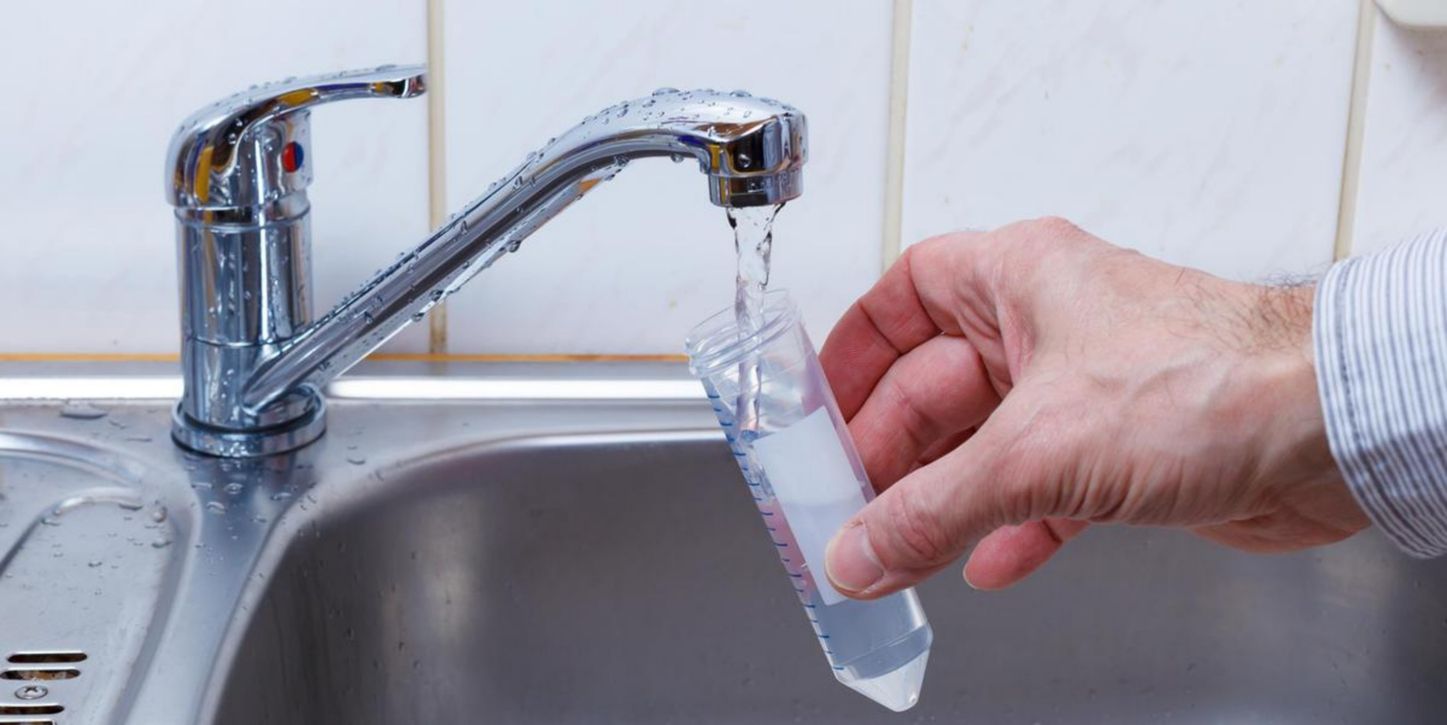
Effective Well Water Treatment Methods
Every issue related to well water requires its own specialized approach. To guarantee that your well water is both purified and potable, there are numerous strategies to choose from, ranging from sediment filters to complex reverse osmosis setups.
We will delve into several of the most efficient methods for treating well water in the upcoming sections. These include:
- Sediment filtration
- The application of water softeners
- Systems based on reverse osmosis
- Equipment designed for specific filtering tasks
Sediment Filters
Sediment filters play a crucial role in the water treatment process by capturing debris such as sand, rust, and various particulate materials that contribute to the cloudiness of water. These filtration devices come in several forms - pleated, melt-blown, and string-wound variants, each tailored for specific needs within your water supply.
Incorporating sediment filters before other more sensitive filtering methods like reverse osmosis and UV purification systems is vital for their protection. By removing larger particles from your water system initially, these preliminary filters assist in maintaining both the durability and effectiveness of your overall filtration infrastructure.
Water Softeners
Water softeners play a crucial role in resolving the common problem of hard water found in well water systems by:
- Extracting minerals such as calcium and magnesium
- Substituting them with sodium ions via an ion exchange process
- Enhancing the quality of drinking water
- Inhibiting scale buildup within pipes and appliances, thereby prolonging their service life.
Integrating a water softener into your existing water treatment system not only augments soap and detergent efficiency for routine activities like laundering clothes or cleaning dishes but also contributes to the consistent performance of your household’s heat-exchanging equipment and other devices that utilize water.
Reverse Osmosis Systems
A reverse osmosis water filter is an efficient method for decreasing the presence of contaminants in well water. These systems employ a semipermeable membrane to filter out impurities, delivering drinking water of superior quality. Reverse osmosis can significantly diminish substances like lead, nitrates, and dissolved salts in your water, making it a favored option among property owners.
To improve the purification process, pre-filters and post-filters are often integrated with RO systems. Through this comprehensive filtration approach, various pollutants are removed from your household’s supply ensuring that the provided drinking water is both clean and safe for consumption.
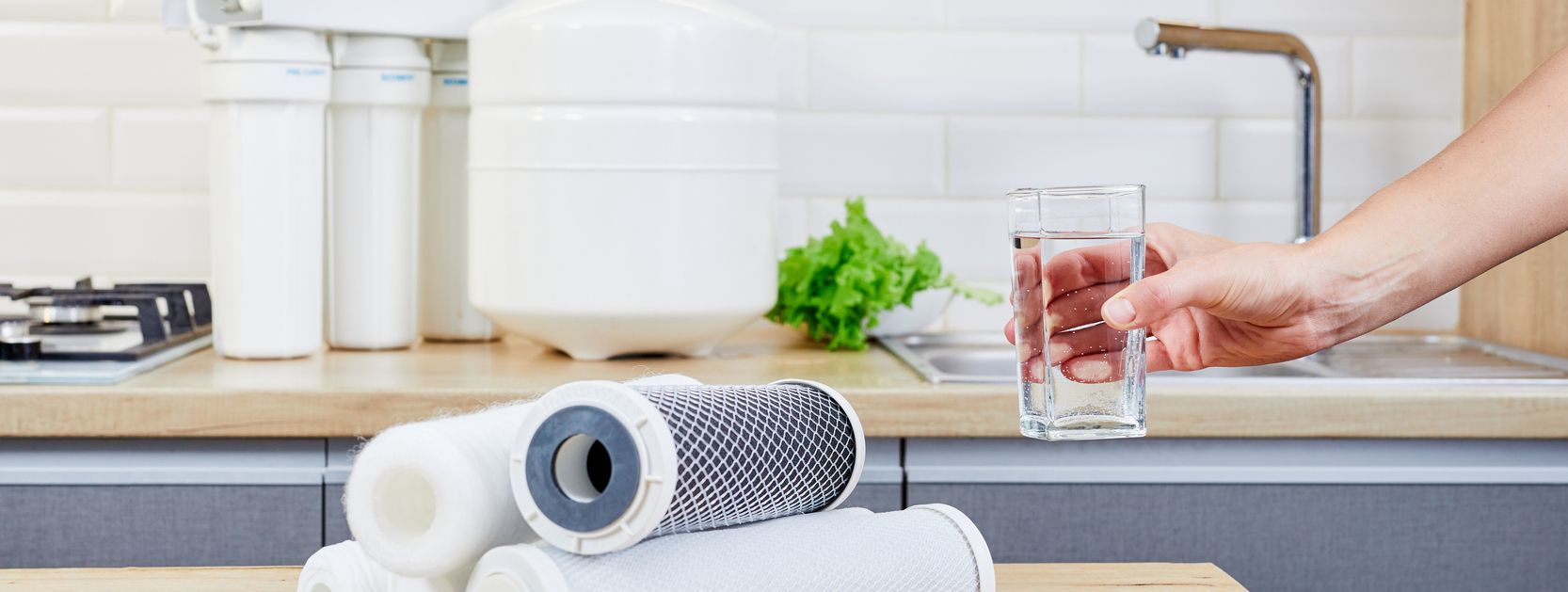
Specialty Filtration Equipment
Water filtration systems, commonly known as water filters, are crafted to address particular contaminants that may be found in well water. For example, iron can be removed through the use of chlorine injection systems, and KDF filters are adept at diminishing levels of chlorine and heavy metals. By focusing on these specific impurities, such systems guarantee that drinking water remains pure and safe for consumption.
There is a range of specialty filters designed to solve distinct issues associated with well water. Hydrogen sulfide is one such problem that is responsible for creating an unpleasant odor in the water. Investing in suitable specialty filtration equipment allows you to confront unique challenges related to well water and assures top-notch quality drinking water within your residence.
Shock Chlorination Process
The process of shock chlorination employs chlorine or household bleach to purify well water, successfully removing any harmful bacteria and securing the purity of the water supply.
Subsequent segments will outline specific instructions and safety measures for executing shock chlorination and maintaining the safety and cleanliness of your well water.
When to Use Shock Chlorination
After the incursion of floodwaters or runoff into a well, shock chlorination becomes crucial to mitigate any contaminants that may jeopardize your water quality. When a well is accessed for maintenance or repair work, it’s necessary to carry out shock chlorination to maintain safe drinking water.
Implementing shock chlorination under these circumstances ensures effective disinfection of your well water and helps avoid possible health risks. The protection and purity of your household’s water supply are essential in preserving the overall health and wellness of all who depend on it.
Precautions Before Shock Chlorination
Before initiating the shock chlorination process, it is crucial to adopt specific safety measures for the procedure’s success and security. Employ only plain household chlorine bleach that does not contain any fragrances and has a minimum of 5% sodium hypochlorite concentration. To prevent tainting the well, maintain a safe distance between dangerous substances like paint, fertilizers, and pesticides.
Avoid placing the hose into your chemical mixing vessel, as this could lead to undesired siphoning of chemicals back into your water system while blending them. Adhering to these preventative steps will help guarantee that shock chlorination is executed both safely and efficiently.
Post-Chlorination Steps
It is essential to follow particular procedures after performing shock chlorination to guarantee that the water is safe for drinking. Begin by eliminating the chlorinated water from both the well and piping system. This can be accomplished by directing a hose outside and letting it run until you no longer detect a chlorine odor. This action effectively purges any residual chlorine from your water system.
Subsequently, about three days following shock chlorification, carry out another test of the water specifically for coliform bacteria presence. It’s important not to use the water for consumption purposes before confirming through testing that it’s free from coliform bacteria – an indicator of its safety for drinking. Adhering to these steps post-chlorination is crucial in upholding both the quality and safety of your potable water supply.
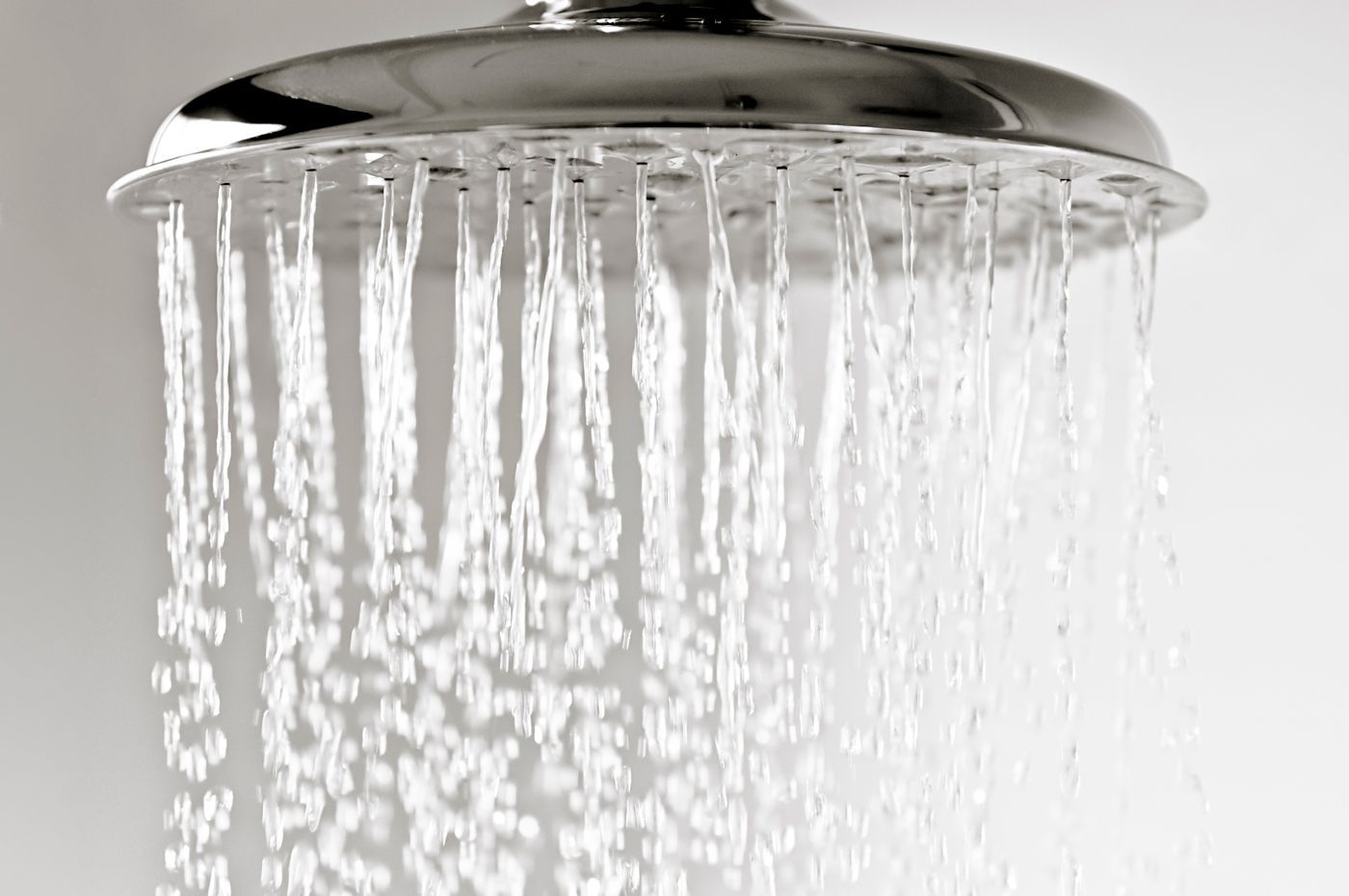
Regular Testing and Maintenance
Regular testing and upkeep are critical for preserving the safety and quality of water in well water systems. Annual examinations are recommended for contaminants such as coliform bacteria, nitrates, pH levels, and total dissolved solids. Periodic inspections of key parts like the well cap and casing can detect early signs of problems that may need attention.
DIY Test Kits vs. Professional Testing
Self-testing kits are a quick and easy way to assess the quality of your well water, but their accuracy can be inferior to that provided by expert testing services. When using these DIY test kits, remember:
- Their precision might not match that of professional testing services.
- Water test strips may yield less precise results compared to liquid-based test kits.
- Accurate outcomes depend on adhering strictly to the given instructions.
In contrast, professional analysis delivers thorough and exact insights into your well water’s condition. Digital devices for water tests give objective measurements with a reduced chance of human error influencing the results. For trustworthy data regarding your water quality, it is recommended to have your well water examined by an accredited state laboratory.
Maintaining Water Quality
To preserve the quality of drinking water, it’s essential to conduct regular checks and swiftly address any alterations in the taste, smell, or visual aspects of your water. Confirm that the well cap is secure and undamaged, and make sure that the head of the well stands at a minimum height of one foot above ground level. Consistent monitoring and upkeep of your water treatment systems are crucial for their proper and effective operation.
Should you detect an unusual change, such as odd flavors, discoloration, or odors in your drinking water, take prompt measures to mitigate potential contamination risks. Being alert and proactive plays a significant role in ensuring ongoing safety standards for your drinking water supply.

When to Call a Professional
At times, the challenges associated with well water cannot be resolved by routine testing and maintenance alone, necessitating expert intervention. When a well discharges both air and water concurrently, it may suggest either a diminished aquifer or damage to the pump’s drop pipe. When wells eject sand or an excessive volume of sediment into your supply, this typically points to an accumulation of these materials in your well that must be professionally addressed.
An abrupt decrease in pressure within your water system or a surprise increase in energy expenses can often mean that the pump is straining due to underperformance issues related to wear and tear, blockage problems, or malfunctioning check valves. In such scenarios where complex technicalities are involved with maintaining your water supply’s performance and safety standards, which are high on the priority list, do not hesitate to enlist seasoned professionals for help. Make sure you reach out promptly to local services specializing like those provided by companies including Wragg Brothers Well Drilling, who will ensure thorough examination as repairs are done correctly on time to maintain smooth operations at home business establishments relying upon their expertise without interruption reliability concerns long term sustainability goals top mind always.
Wragg Brothers Well Drilling Services
Wragg Brothers Well Drilling offers a comprehensive suite of services designed to meet all your well water requirements. Their proficiency in activities such as well drilling and hydrofracking guarantees the provision of pure drinking water for households across New Hampshire, Vermont, and Massachusetts. The intention behind their hydrofracking service is to rejuvenate existing wells’ water flows, while their water conditioning expertise is focused on enhancing the quality of your well’s output by eradicating detrimental minerals.
Wragg Brothers Well drilling supplies services, including maintenance of well pumps, which ensures they operate efficiently. It also offers procedures like shock treatment for your wells that aim at eliminating bacteria and other impurities from your drinkable water supply. When you choose to collaborate with Wragg Brothers Well Drilling professionals, they take care of all aspects related to maintaining impeccable standards for drinking water sourced through wells.
Summary
Maintaining the purity and safety of drinking water from a well is crucial for homeowners. It’s important to conduct regular tests, recognize typical pollutants, and apply effective treatments to protect your water supply. Solutions range from using water softeners to tackle issues related to hard water to performing shock chlorination procedures to eradicate bacterial contamination in your well.
Taking proactive measures and obtaining expert advice when needed can help you maintain the integrity of your well’s water quality. Wragg Brothers Well Drilling offers their expertise to ensure that your home’s drinking water remains uncontaminated and secure over time. By managing your own health today, you can rest assured about the wellbeing of those who depend on it every day.
Frequently Asked Questions
How often should well water be tested?
You should test your well water at least once a year to ensure it’s safe and to detect any potential contaminants.
What are common signs of well water problems?
Should you detect alterations in the flavor, odor, or look of your well water, it could signify possible issues. It’s important to be vigilant for these indicators concerning your well water health.
What is shock chlorination, and when should it be used?
Shock chlorination is a method of disinfecting well water using household bleach, which is particularly recommended following flooding or when maintenance has been performed.
This process assists in eradicating harmful bacteria to ensure the safety of the water for drinking purposes.
What services does Wragg Brothers Well Drilling offer?
Offering a complete suite of solutions for your water requirements, Wragg Brothers Well Drilling specializes in well drilling, hydrofracking, water conditioning and treatment services, and pump system installations.
Why is professional testing more reliable than DIY test kits?
DIY test kits may not always be as accurate and are susceptible to user error, whereas professional testing delivers a more thorough and precise analysis, ensuring reliability.

